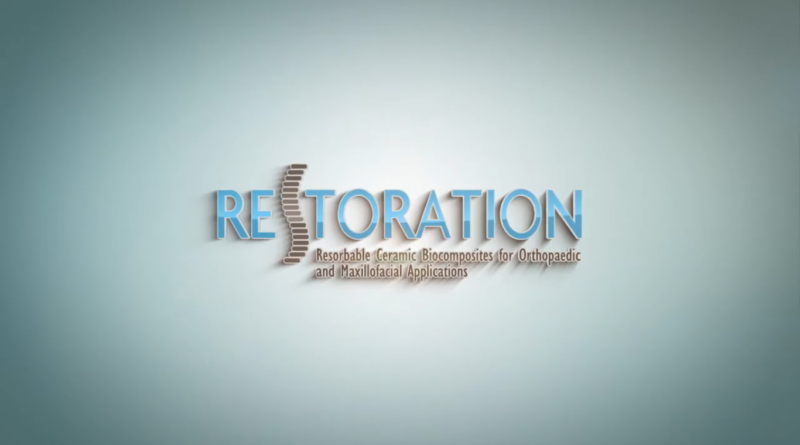RESTORATION
RESTORATION
Resorbable Ceramic Biocomposites for Orthpaedic and Maxillofacial Applications
restoration-project.eu
ABSTRACT
Ceramic composite materials have for many years been considered to show great promise in the repair of musculoskeletal defects. The materials can mimic the structure of bone, and devices made from the materials can be structured to closely match the mechanical requirements of implant sites. In addition, wide ranges of bioactivity are possible, from inert to fully resorbable.
Bioceramics have most commonly been used to date in dentistry, and in some orthopaedic applications, e.g. as an injectable paste for vertebroplasty, or as a coating material for metal orthopaedic implants. However, advances in cellular medicine bring great opportunity for significant growth in the bioceramics industry – bioceramics and bioceramic composites offer levels of bioactivity which far exceed those available from metal implants, together with combinations of strength and modulus which exceed anything which can be offered by bioactive polymers on their own. Working in tandem with cells, proteins and other biologically active agents (both from the host and introduced) bioceramic composites have the potential to revolutionise many treatments and therapies, giving new, highly effective early stage clinical interventions for conditions where no approach has existed to date.
In order to deliver on the potential shown by bioceramic composites the combination of mechanical design, materials, processing, clinical delivery and subsequent biological interaction all have to be understood in an integrated and systematic way. The RESTORATION project will address this underlying research and technological challenge in order to develop new bioceramic products for five SME partner companies.
Project Budget: 4’940’189 €
LEITAT Budget: 475’490,40 €
Financial Framework: FP7
Contract number: 280575
Start Date: 01/04/2012
End Date: 31/03/2016
Partners:






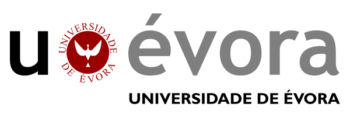

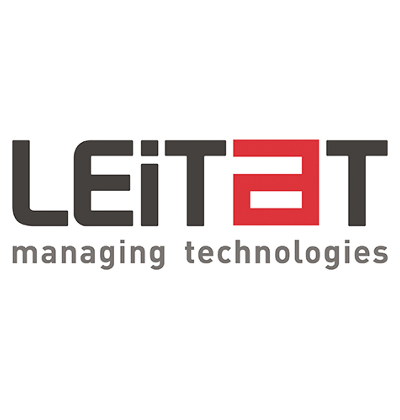
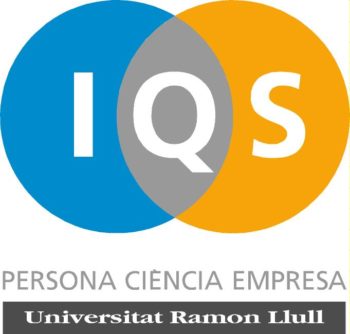
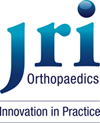

Contact Manager: I. Alfany
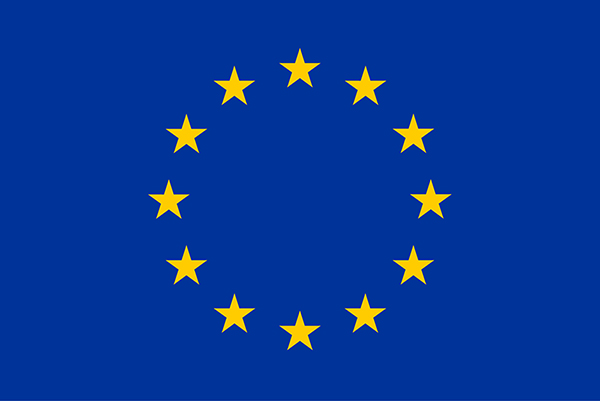
This project has received funding from the European Union’s Seventh Framework Programme for research, technological development and demonstration under grant agreement no 280575. This publication reflects only the author’s views and the European Union is not liable for any use that may be made of the information contained therein.

